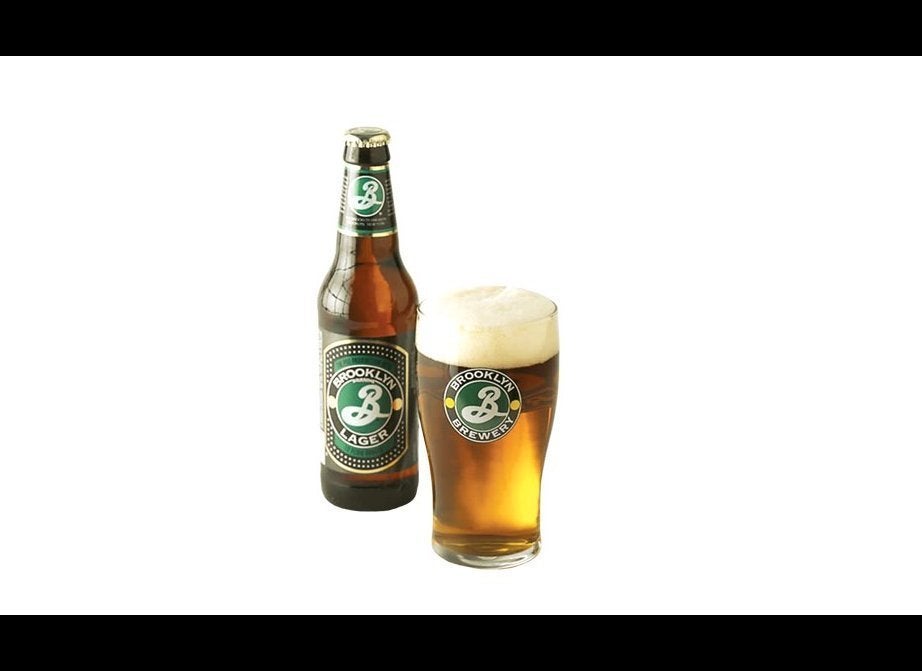
NEW YORK -- The Boston Beer Company, maker of Samuel Adams Boston Lager, hardly fits the image of a craft brewer anymore, although it retains that designation. Since it was founded in 1984, the company's success is legendary: It has grown from a kitchen-brewing project into the fifth-largest domestic beer company in the United States that sells a wide range of alcoholic beverages. Last year, the company had annual revenue of $629 million.
But despite its size, Boston Beer has been waging a publicity campaign to cement its role as the grandfather of the crafts. One piece of that campaign is its small business lending program, called Brewing the American Dream, that it has run since 2008. This comes as the definition of who is and who is not a craft brewer has become a charged political topic because of special tax breaks in recent years.
Public relations aside, the program has helped small businesses. So far at least 230 food and drink entrepreneurs -- including a dozen craft brewing companies -- have borrowed nearly $2 million total. This year, Boston Beer expanded its lending program with business coaching events that will take place across the country.
The Huffington Post recently spoke with the company's founder Jim Koch how he grew Sam Adams from a home-brew to huge business.
When did you know Sam Adams was going to be more than a brewing project in your kitchen?
I didn't have an office or a desk -- literally I was making beer or delivering it or selling it -- and I called into our answering service and there was a message from a bar that I hadn't even visited. They wanted 10 cases. I never thought people would be calling me for my beer! I always thought nobody would want this unless I sold it to them personally. That was around June 1985 and we had only been on market for a couple months.
Big beer has pretty solid grip on distribution. How did you start getting stores to sell your beer?
There was a store in the Back Bay and they didn't carry Sam Adams and the owner said 'No one asks me for it.' So I took a bunch of empties and put them behind in the alley and I knew homeless people would take them in to redeem them. I got people redeeming the empties and that convinced him.
How can a small beer company actually get some prime shelf space?
For us, it's asking for it personally. That works in the independent stores but big chains generally have these things called plano-grams or schematics, which are often done by big brewers and they are doing shelf set and they determine the prime shelf space. In addition to abject begging, which sometimes works, we also point out that Sam Adams is leading craft beer and it should have eye-level shelf space.
Where should a craft beer focus on getting distributed first, a bar or a store?
To me, it was bars because that's where consumers are. It's still where they are most likely to try something new. If they don't like it, they only ordered a pint and they are not stuck with five more bottles.
Can a craft beer brewer really get a Bud-in-a-can man to try something new?
We can get mass domestic drinker. I have been getting them for 29 years. When I started it was pretty much what everyone drank, but we have converted a lot of those drinkers. There are times when a mass domestic drinker wants to drink something with more flavor and taste but sometimes craft brew drinkers want something poundable and thirst-quenching. Beer drinkers are less stereotypical than you think.
Are there too many craft beers?
There can never be too many good beers!
Are there too many not-so-good craft beers?
My dad would say all beer is good, some beer is better. But all beer is good, and I think that's true. All are good when they are made, but issues are with smaller-volume, slower-moving beers that get stale and are stale when you buy them and you get beer that doesn't even meet the standards of the brewer.
There are a lot of new beers on the market. What's the best marketing trick to stand out?
You don't need marketing. We didn't and we were a successful brewery before we hired our first marketing person. When we did a new beer, we just changed the color of the label. We had some radio commercials. But I wrote them and I was the voice. And it worked. The idea that marketing has any significant role is a myth. As a small brewer you cannot compete with the big guys. They were doing a bunch of TV ads, so I got on radio and just talked and I told people about malt, yeast and about things that were missing in the conversation about beer.
Jim, how many beers do you drink a day?
It's an average of two a day. It goes between one and four. And if I do that math, that's 21,000 since I started making it. I drink the Boston Lager, the original. I have bottles in my refrigerator.
This interview has been edited for clarity and length. The lede has been updated to make it clear that Boston Beer Company is a craft-brewing company.
